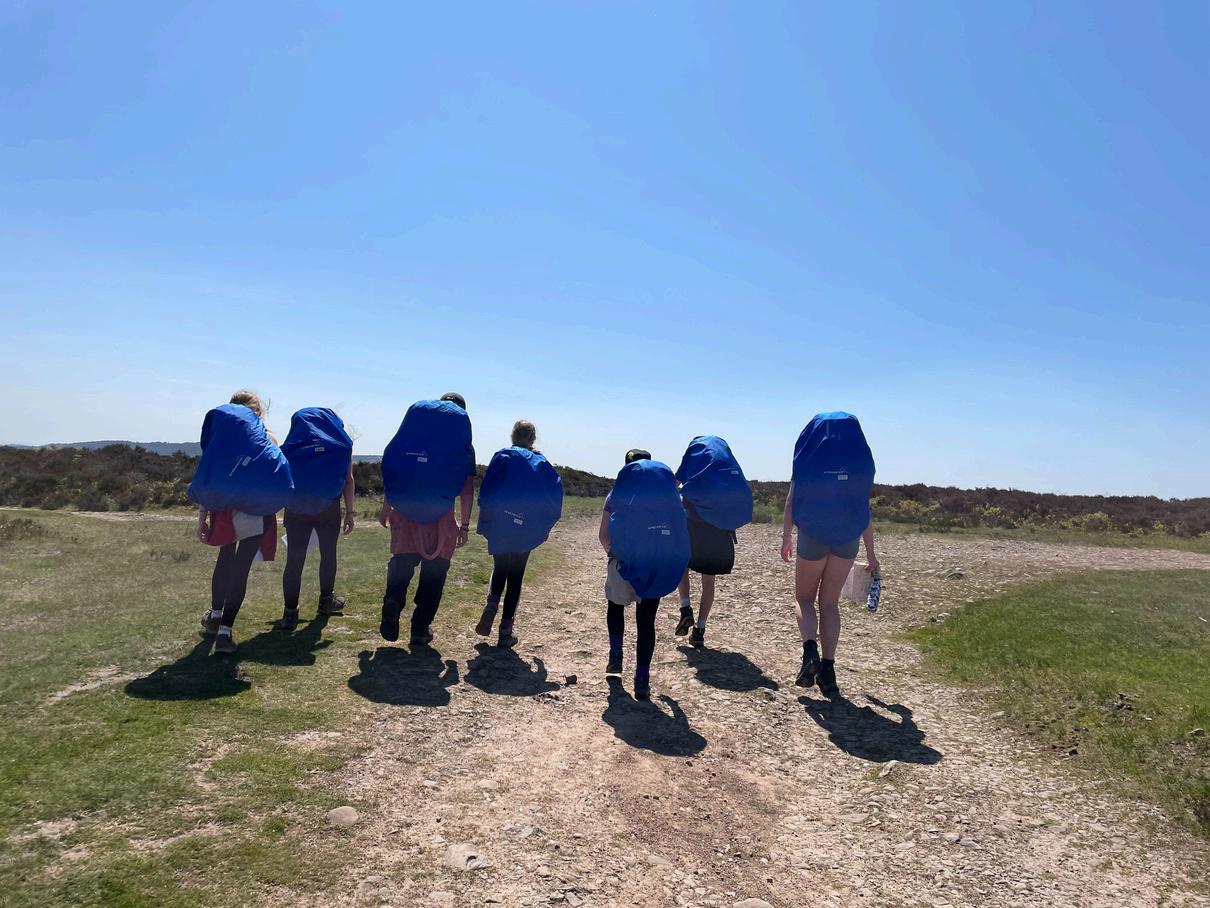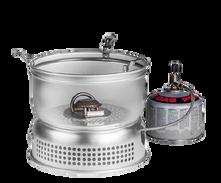The Duke of Edinburgh’s AwardExpeditions


THE AWARD THAT EQUIPS YOUNG CHILDREN FOR LIFE










SSE Outdoors are an Approved Activity Provider for the DofE – meaning that they are allowed to deliver expeditions to Centres in and out of Somerset as well as young people through our Open Award offers.
Depending on the way that you are accessing your expedition – you may be doing some training prior to coming to SSE Outdoors, or you could be receiving training onsite as part of the package.
In order to help you understand more about the expedition section of the award, we have created this booklet – so you can read through, get an idea as to what will happen, come suitably clothed and with good food choices – to help see you through your expedition.
We look forward to welcoming you on site and helping you to achieve this key section of the award.
Individual
To inspire young people to develop initiative and spirit of adventure and discovery, by planning, training and completing an adventurous self- sufficient journey as part of a team.
Principles
Participate in shared experiences in an outdoor environment
Develop initiative, teamwork, problem solving and organisational skills
Experience and overcome challenges developing emotional strength and empathy for others
Work with a team of peers in the outdoors, experiencing isolation and solitude and developing self-resilience and self confidence
Group
The expedition must have an aim. This aim should relate to the abilities and interests of those taking part and the area they are travelling through.
This is the key to the expedition’s success.
Yo the

Own rucksack/school bag (line the inside with a strong black bin bag)
Wear: Boots
Walking socks
T-shirt
Tracksuit bottoms/leggings (NO JEANS) / shorts
Fleece/Hoodie
Pack the following in rucksack:
Waterproof jacket with a hood
Waterproof trousers
Hat and gloves
Extra layer of clothing
Packed lunch
Drink - 2 litres
Pen and paper
First Aid Kit (one per group)
Sweets to share
Mobile phone
Emergency ration (e.g. chocolate bar)
Your kit may be inspected before you leave, so make sure you bring EVERYTHING on the list!

Personal kit:
Walking boots
Waterproof jacket and trousers
Clothes (full change of clothing
Group kit - provided: Tent
trousers, t-shirt, underwear, socks)
Hat and gloves
Fleece
Sleeping bag
Roll mat
Food Water
Wash kit
“Comfort kit” e.g. blister pads
Plate, knife, fork, spoon, mug
Torch
Water bottle - 2 litres
Mobile phone
Notebook and pen
Emergency ration
Stove Map Compass
First Aid Kit

Line your rucksack with a bin bag.
Everything must fit inside the rucksack apart from the roll mat.
Weigh your rucksack - girls max.10kg, boys 12kg.
Do not overload the rucksack as the seams and zip will break, and it will be too heavy to carry.
Click here for the
Group food or individual food - it doesn’t matter as long as it is hot and nutritious! Click here for some meal ideas for your DofE expedition.
Group Menu Example
Saturday
Lunch – Tuna Wrap
Evening Meal – pasta with tomato and basil sauce. Boil in the bag rice and curry. Wayfarer Meals
Supper – Hot chocolate and Cereal Bar.
Sunday
Breakfast – Tinned beans and sausages or porridge
Lunch – Chocolate spread flatbread
Snacks
High energy snacks – flapjack, chocolate bars, dried fruit, fig rolls
Menus should be nut free in case of allergies within the group
Emergency rations (not to be eaten)
Mars Bar, Kendall Mint Cake



We have a range of tents from 1 - 6 man, which we will use for the expedition.
Your group will need to carry a tent within the group, just in case of an emergency. This can be shared amongst the group for weight – splitting the poles, inner, outer and pegs between the group.
You will be taught how to use a Trangia as part of the training framework The group will need to carry their own trangias for the expedition – these can be split for weight amongst the team.
You need to cook at least one hot meal per day. And you can use the trangia for hot drinks too.
As part of the training framework, you will be shown how to use a compass and how to navigate. Here are some map reading tips to get you started:
On a 1:25 000 map, such as an OS Explorer, one unit of length on the map represents 25,000 units on the ground. So 1cm on the map represents 25,000cm or 250 metres on the ground. On a 1:50 000 map, 1cm on the map represents 500 metres on the ground.
To find out what features the different symbols represent, for example buildings, different kinds of church, electricity pylons, roads and railways, woods, orchards, scrub or marsh and so on, consult the key shown on the map.
Some map markings do not show up on the ground, such as grid lines. Rights of way marked on maps will often be visible as a distinct path or track on the ground, but in less well-walked areas the path may not be visible. Footpaths and bridleways are marked as green dashes.
Do remember that, the landscape is ever-changing and you should not be surprised if some features on the ground do not agree with your map.



Distance: Lay a thin piece of string along the exact route on the map; then lay it straight along the scale line on the map’s margin. With practice, you’ll learn to estimate distances involved by eye, but don’t forget the extra effort of climbing hills when calculating how long the route will take to walk.
Height: Contours are lines connecting points of equal height above sea level that show the relief of the land. Together with spot heights, they portray the shape of the landscape, its height, the form taken by hills and valleys, the steepness of slopes, and so on. On OS Explorer maps,
the interval between contours is five metres in lowland areas and 10 metres where mountainous. At random points along many of the contour lines a number is shown to indicate its height, always printed so that the top of the number points uphill. Every fifth contour line is printed more thickly than the others. The closer together contours are, the steeper the ascent or descent for the walker.
Spot heights – shown as a number beside a dot – appear at strategic points, including along roads where they level out at the top or foot of a hill. These can be a useful guide where there aren’t many contour height numbers.



Please take a look to familiarise yourself before the expedition, but don’t panic, the SSE Outdoors Team will be doing Navigation Training on day one, to ensure everyone is happy with regards to map and compass use:
Basic compass skills
Map reading skills – beginner’s guides
Before an expedition – DofE Supervisors/Assessors must ensure the appropriate parameters are in place:
All participants must be within the qualifying age of the programme level and at the same Award level (i.e., not have completed the same or higher level of expedition).
There must be between four and seven participants in a team (eight for modes of travel which can be used by two people at once e.g., tandem bikes, open canoes).
The expedition must be of the correct duration and meet the minimum hours of planned activity:
Bronze: A minimum of 2 days, 1 night; 6 hours of planned activity each day.
Silver: A minimum of 3 days, 2 nights; 7 hours of planned activity each day.
Gold: A minimum of 4 days, 3 nights; 8 hours of planned activity each day.
All expeditions must be supervised by an adult (the Expedition Supervisor) who is able to accept responsibility for the safety of the team
Assessment must be by an Accredited Assessor. At Bronze level only, the Assessor may also be the Expedition Supervisor.
Participants must be adequately trained to safely complete an expedition in the environment in which they will be operating:
Bronze: Teams must complete the required training.
Silver: Teams must complete the required training and a practice expedition of a minimum 2 days, 2 nights.
Gold: Teams must complete the required training and a practice expedition of a minimum 2 days, 2 nights.
Planning an expedition – participants must plan how they’re going to do their expedition:
Team Goal
Environment
Accommodation
Expeditions must have a clearly defined team goal – this could be researching an area of interest, contributing to a community action project, or developing soft skills.
The environment chosen must become progressively more challenging through the award levels – environments could include rural, urban or restricted spaces.
Accommodation should be by camping or other simple selfcatering accommodation e.g., bunkhouses.
Time of year
Mode of travel
Expeditions will usually take place between the end of March and the end of October. There should be a reasonable gap between the practice and qualifying expeditions.
Participants must choose an appropriate mode of travel for the environment they’ll be journeying through. Journeying must be by participants’ own physical effort, although mobility aids may be used where appropriate to the needs of the participant.
Food
Participants must plan an appropriate expedition menu, including cooking and eating a substantial hot meal each day (optional on the final day).
On expedition – Supervisors/Assessors should ensure:
Participants must behave responsibly with respect for their team members, Leaders, landowners, the public and animals, and must understand and adhere to the Countryside, Scottish Outdoor Access, Highway and Water Sports Codes (as appropriate).
Expeditions must be unaccompanied and self-sufficient. The team must be properly equipped, and supervision must be carried out remotely, considering what is reasonably practicable for participants and ensuring their welfare is paramount
Participants must actively participate in a debrief with their Assessor at the end of the expedition and, at Silver and Gold level, a presentation must be delivered after the expedition.


Personal first aid kit - everyone in the team should have a basic first aid kit – plasters / blister patches are a must! You will also have a group kit – with bandages, triangular bandage, scissors and tweezers
Before starting their qualifying expedition, participants must know what to do in the case of an accident or emergency. This includes summoning help, resuscitation, treating blisters, cuts, abrasions, minor burns and scalds, headaches, insect bites, sunburn, and splinters, and recognising serious conditions such as broken limbs and heatstroke.
You will cover some first aid during the Expedition training framework, however to increase your knowledge, why not take a look at the following resources:
1. Self Teach Workbook
2. British Red Cross - First aid skills and techniques
This is a fantastic DofE Skill idea but also supports first aid knowledge –so definitely worth giving it a try!

Key Contact Details:




Carol Authers, Duke of Edinburgh’s Award Operations Manager
Email: DofE@somerset.gov.uk
Tel: 01278 741270
For latest news and updates follow us on X/Twitter or visit us at Support Services for Education
If you would like to discuss any of our services in more detail, then please do not hesitate to email us.


